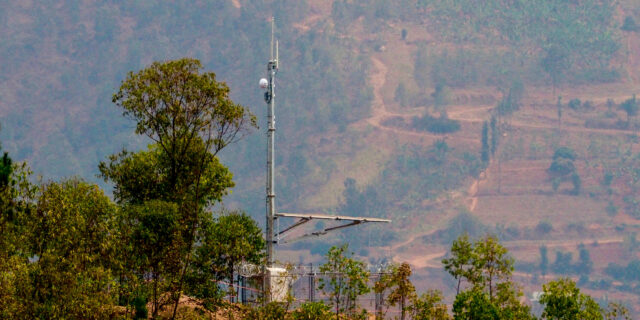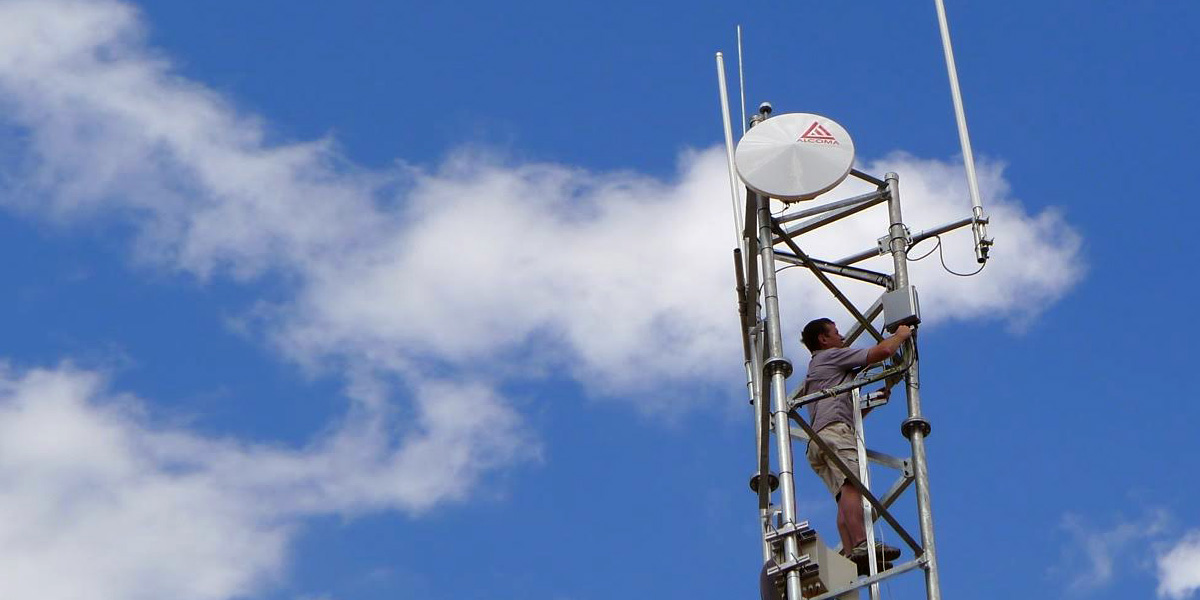
Coverage Mapping
VanuMaps™ helps mobile network operators effectively Identify existing coverage gaps and enables automated planning of new sites to profitably provide optimal coverage.
Vanu, Inc.™ developed VanuMaps to help mobile network operators identify regions with coverage gaps. This enables mobile network operators to effectively locate pockets of people in sufficient concentration that we can build profitable sites to provide service to them.
Small cell ROI requires precise answers to the questions:
- Where should I build?
- Where are the people located who need coverage?
- How many people are there?
- What is the best location(s) for sites to cover the most people?
Network operators require high-resolution accurate information about population distribution and movement, terrain, propagation, and pre-existing coverage to ensure you invest in the right locations. Access to coverage data at the granular level enables network operators to identify communities in need and provides a known ROI for the investment.
WHAT IS VANUMAPS?
VanuMaps is Vanu’s patented coverage mapping tool that is changing the business of serving unserved markets. It includes several data sets, including population and terrain, to enable identification of uncovered populations.
VanuMaps has two key functionalities:
- Identifying and prioritizing existing coverage gaps.
- Automating the planning of new sites for optimal coverage.
VanuMaps enables mobile network operators to quantify the business case for investment in regions that lack cellular coverage.
HOW DOES VANUMAPS WORK?
Vanu developed a series of proprietary software algorithms that can produce maps incorporating coverage, population, terrain, propagation, and other factors with a level of precision not previously available to these markets.
Using this data along with site information, we generate high resolution coverage predictions of each site.
Information from each site is aggregated to develop a regional view of coverage and its complement, uncovered areas.
Population, economic activity, tourism, displaced populations, conflicts, natural resources, and other activity that generates need for cellular connectivity is layered on top of the coverage model to assess areas of greatest need.
Finally, the mapping tool is used to plan the optimal placement of the new small-cell sites based on the identified areas of need, topographical, terrain and propagation information.
THE NEED FOR PROFITABILITY.
We really view connectivity as essential for meeting sustainable development goals and to enable financial inclusion and to have impact, but we also view connectivity as something we must be able to deliver profitability because with 1.2 billion people our solution must scale to have a meaningful impact in terms of being able to connect a significant percentage of those without connectivity today.
Our key focus is delivering profitable systems to off-grid markets to create connectivity. The mapping tool is a way of identifying where those markets are. We also developed the mapping tool with an awareness that there are human aid programs and humanitarian efforts trying to help people in need. To be effective they need connectivity to be able to execute on what they do. We want to help them identify where there is connectivity and where the population resides.
So, there is a dual purpose of the tool, to help mobile network operators and to aid in humanitarian efforts.
News & Insights
Vanu Partners with Digital Connect Infrastructure and Telecoms (DCIT) to Build Solar-Powered Mobile Network Sites in Nigeria

5th Mar
Partnering locally with Digital Connect Infrastructure and Telecoms Limited (DCIT) in Nigeria, Vanu will build mobile network sites...
Read article
K-NET Limited Deploys Vanu Mobile Network Infrastructure to Serve Off-Grid Communities in Liberia and Sierra Leone

4th Mar
K-NET Limited Deploys Vanu Mobile Network Infrastructure to Serve Off-Grid Communities in Liberia and Sierra Leone Vanu Partners...
Read article
Vanu and NuRAN work together to connect Marshall Islands

4th Mar
Vanu and NuRAN work together to connect Marshall Islands Lexington, MA, USA and New Delhi, India and Quebec,...
Read article
View All News